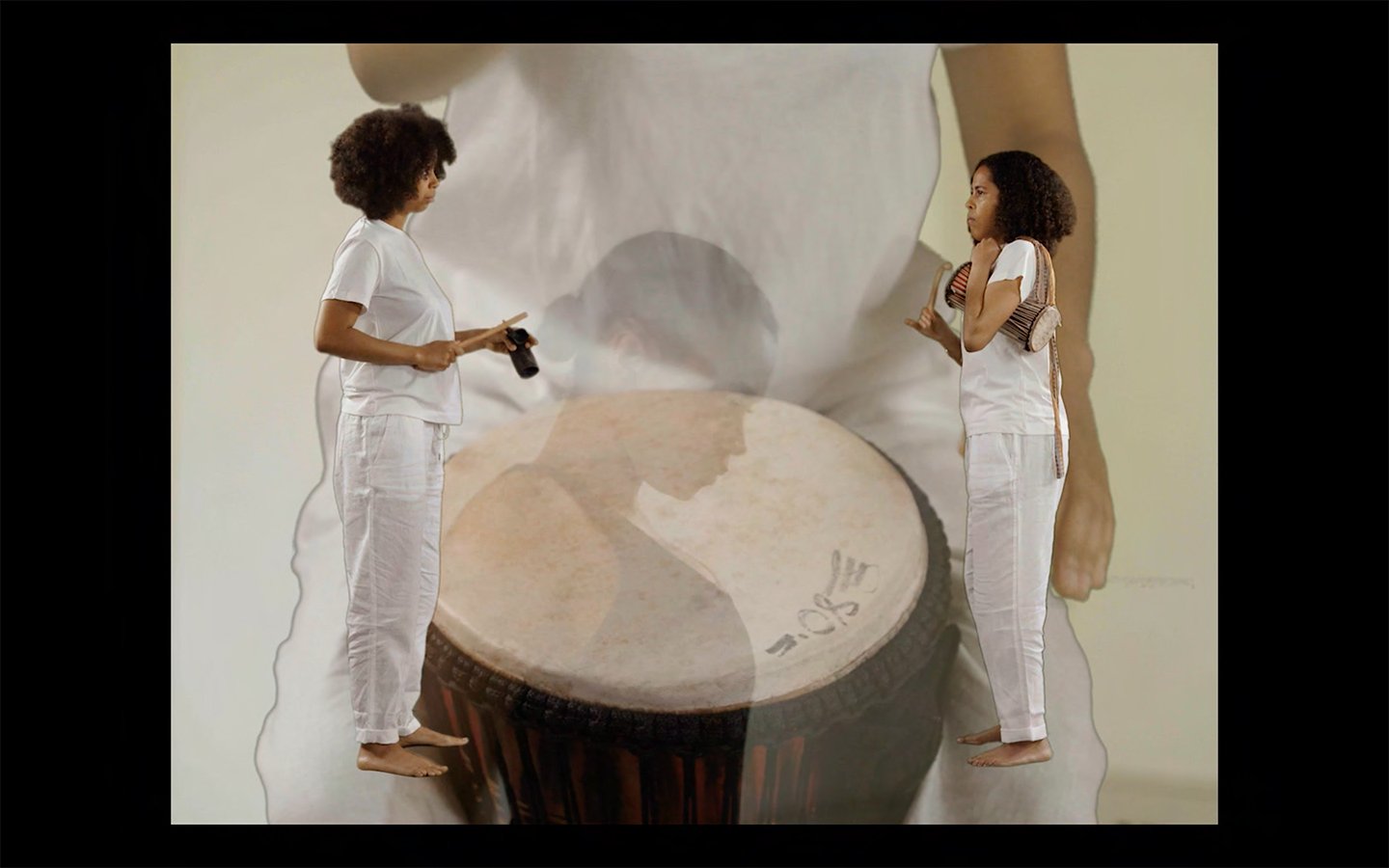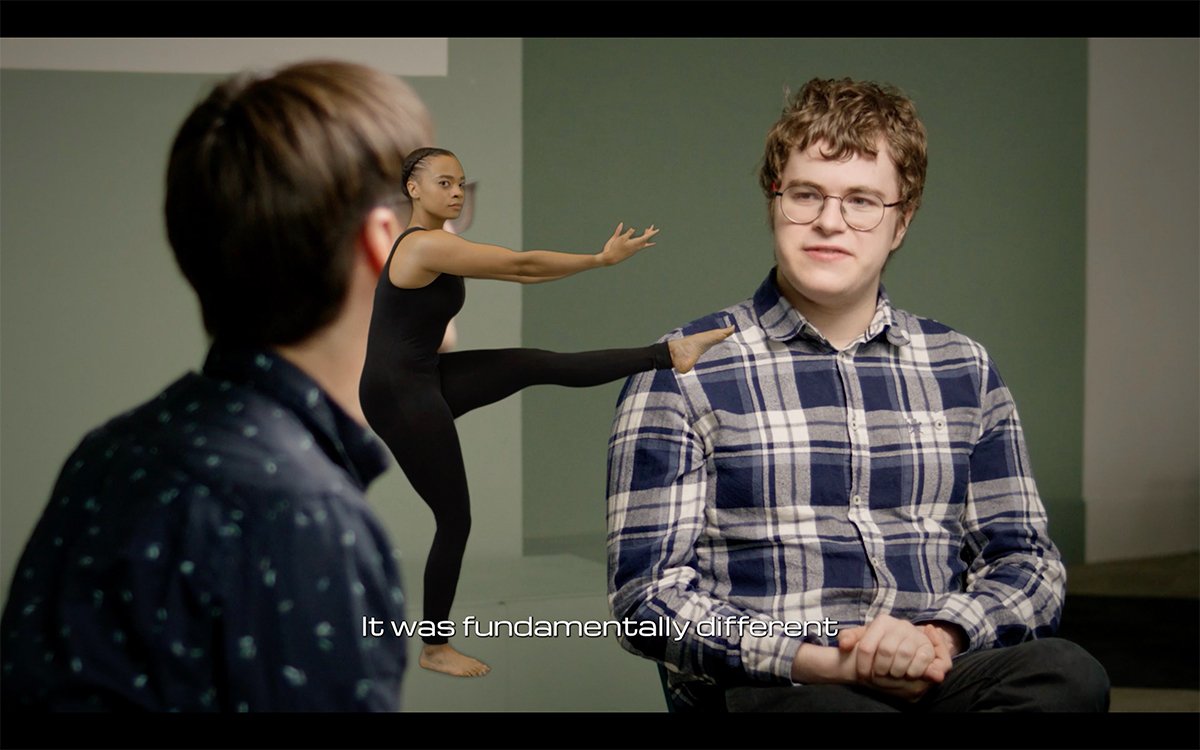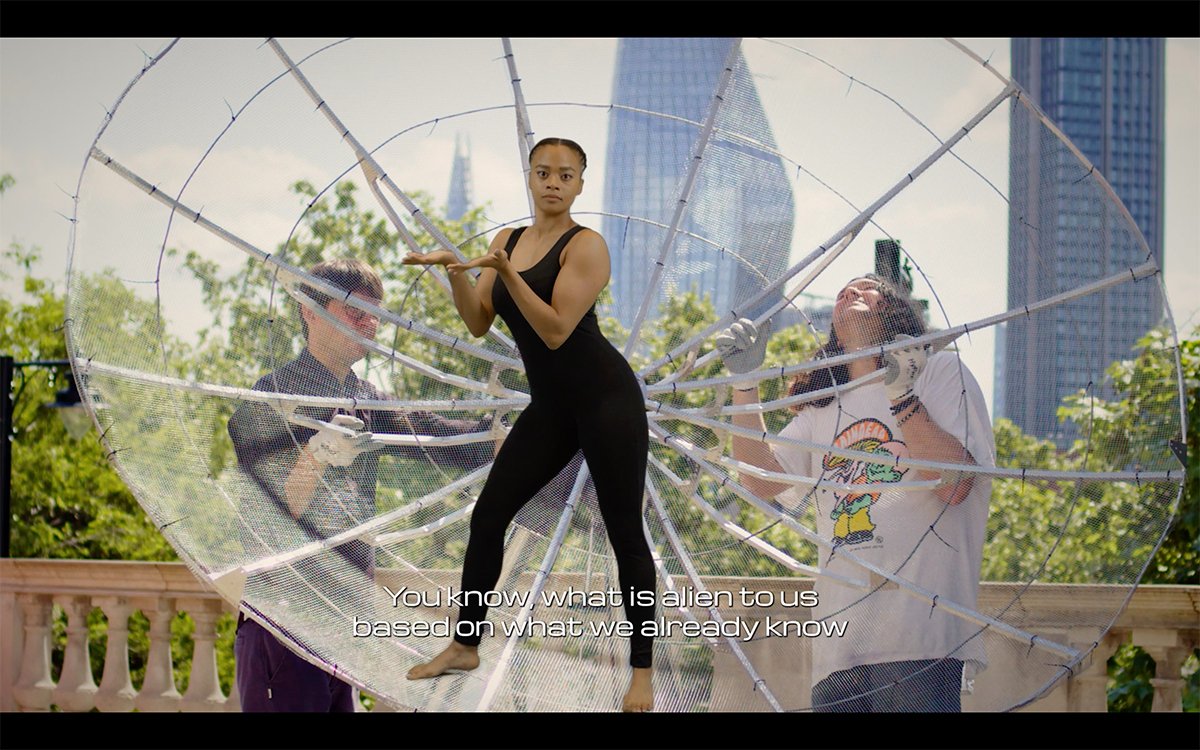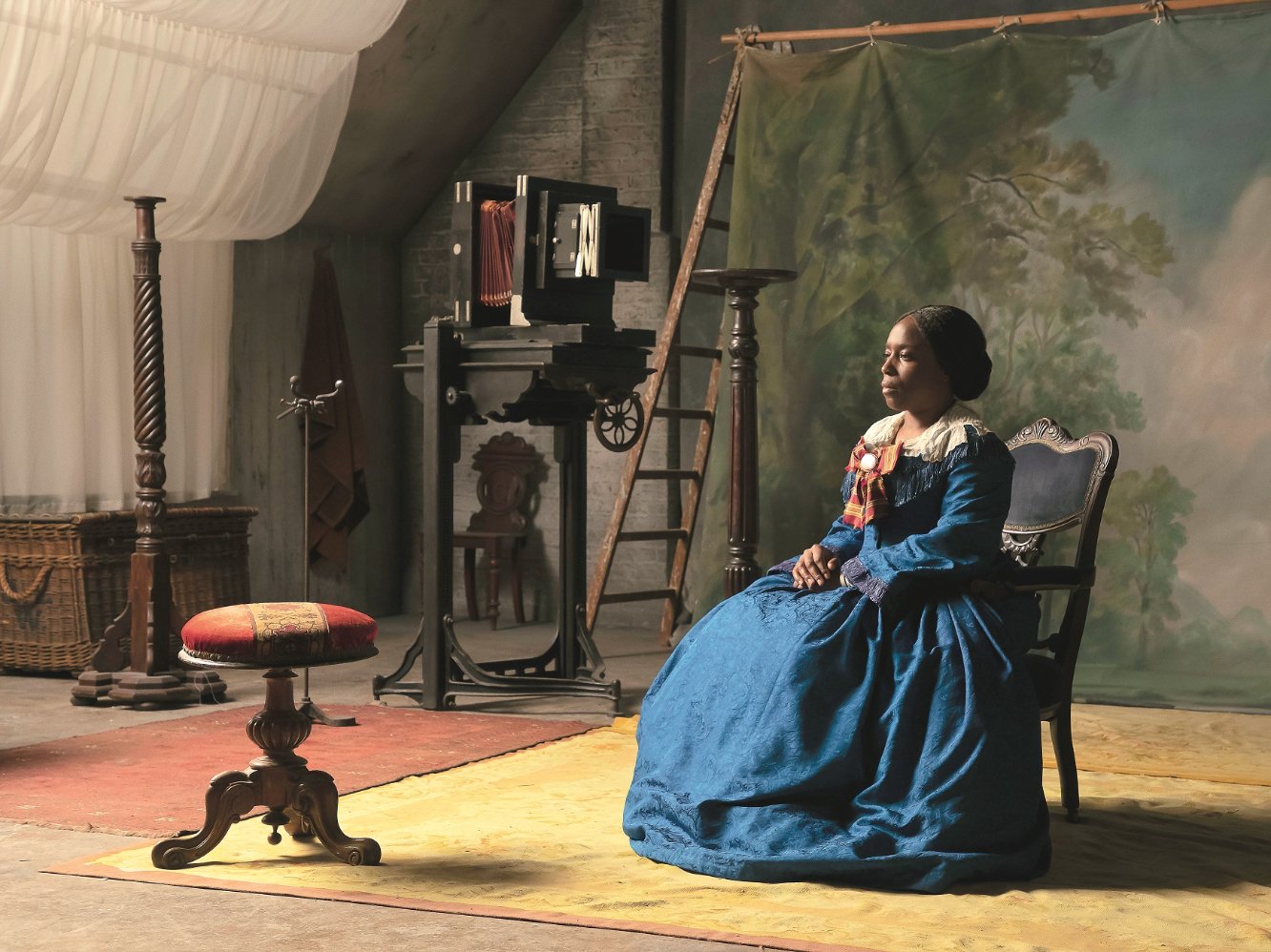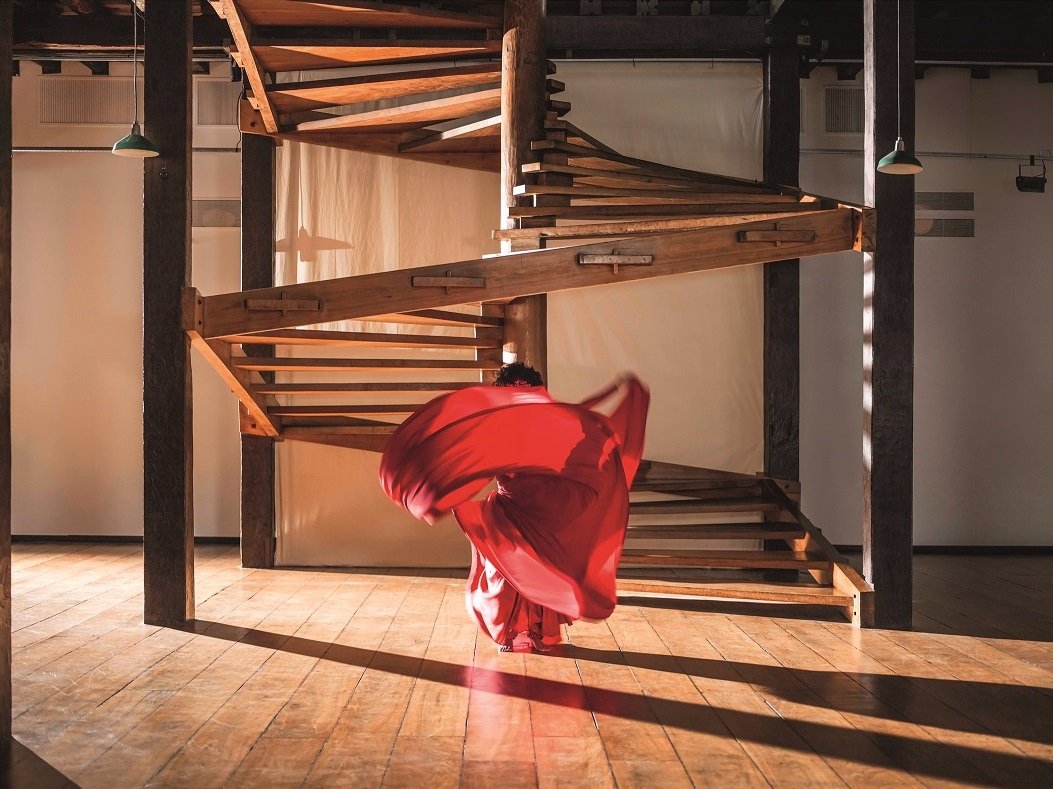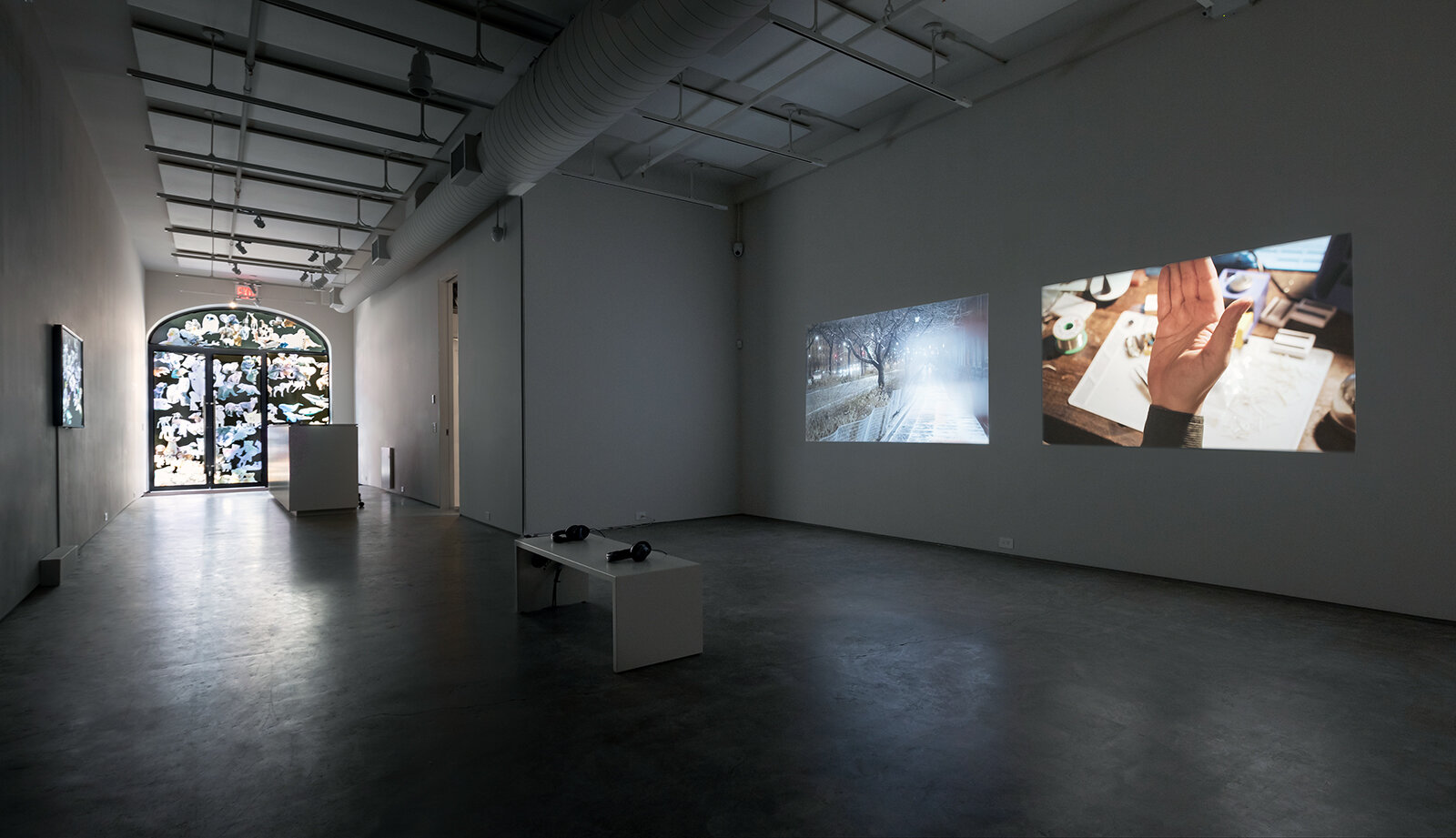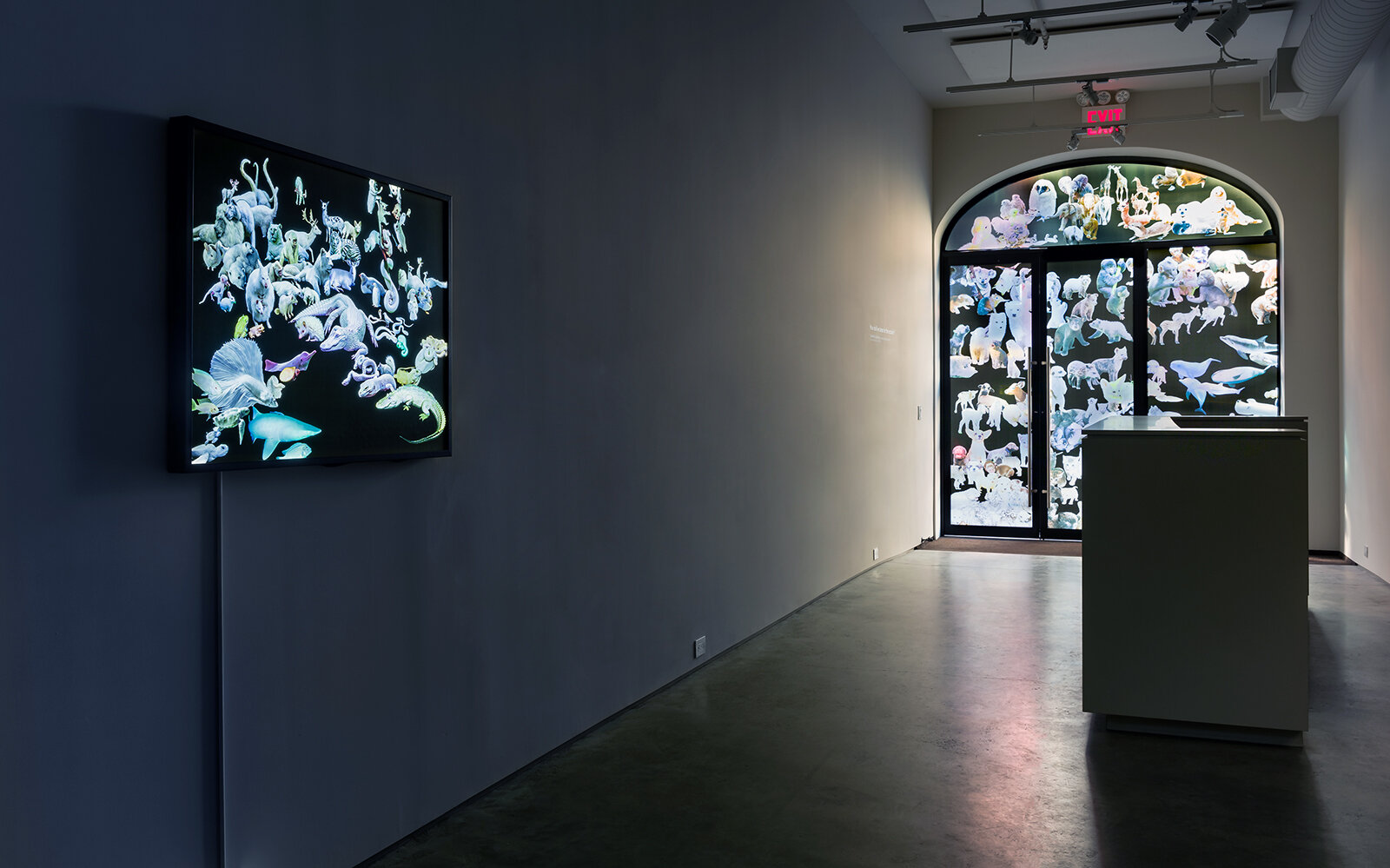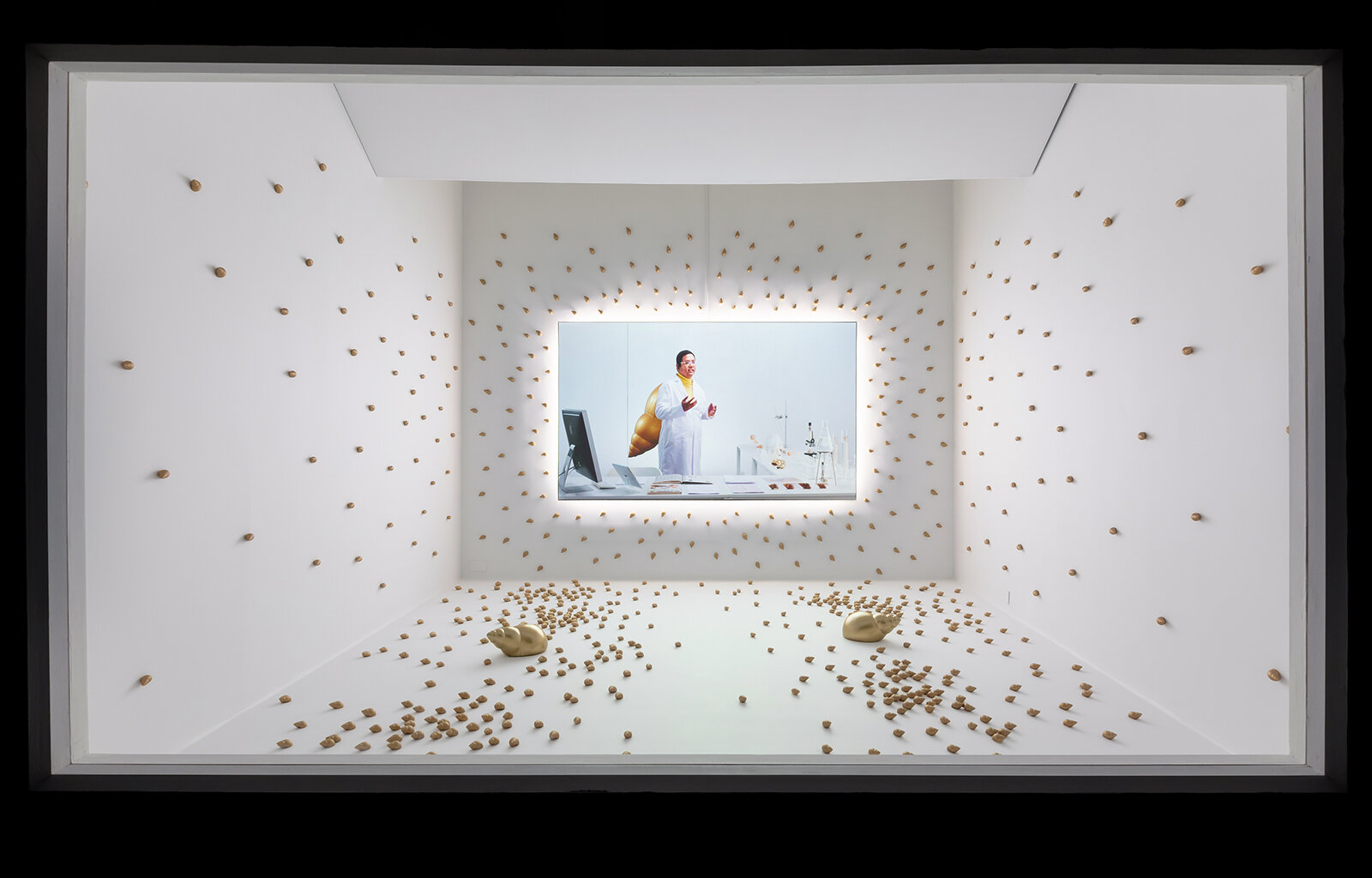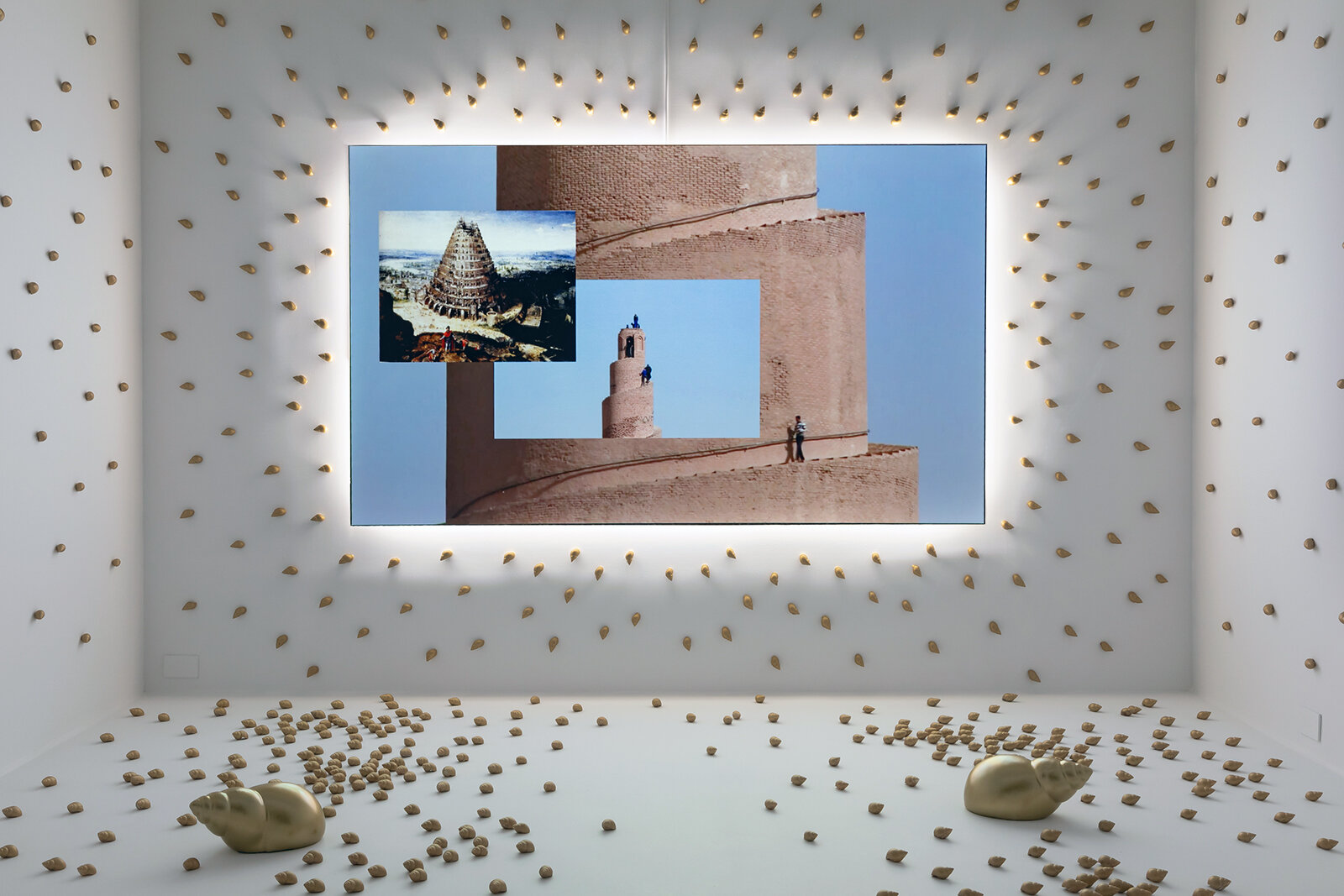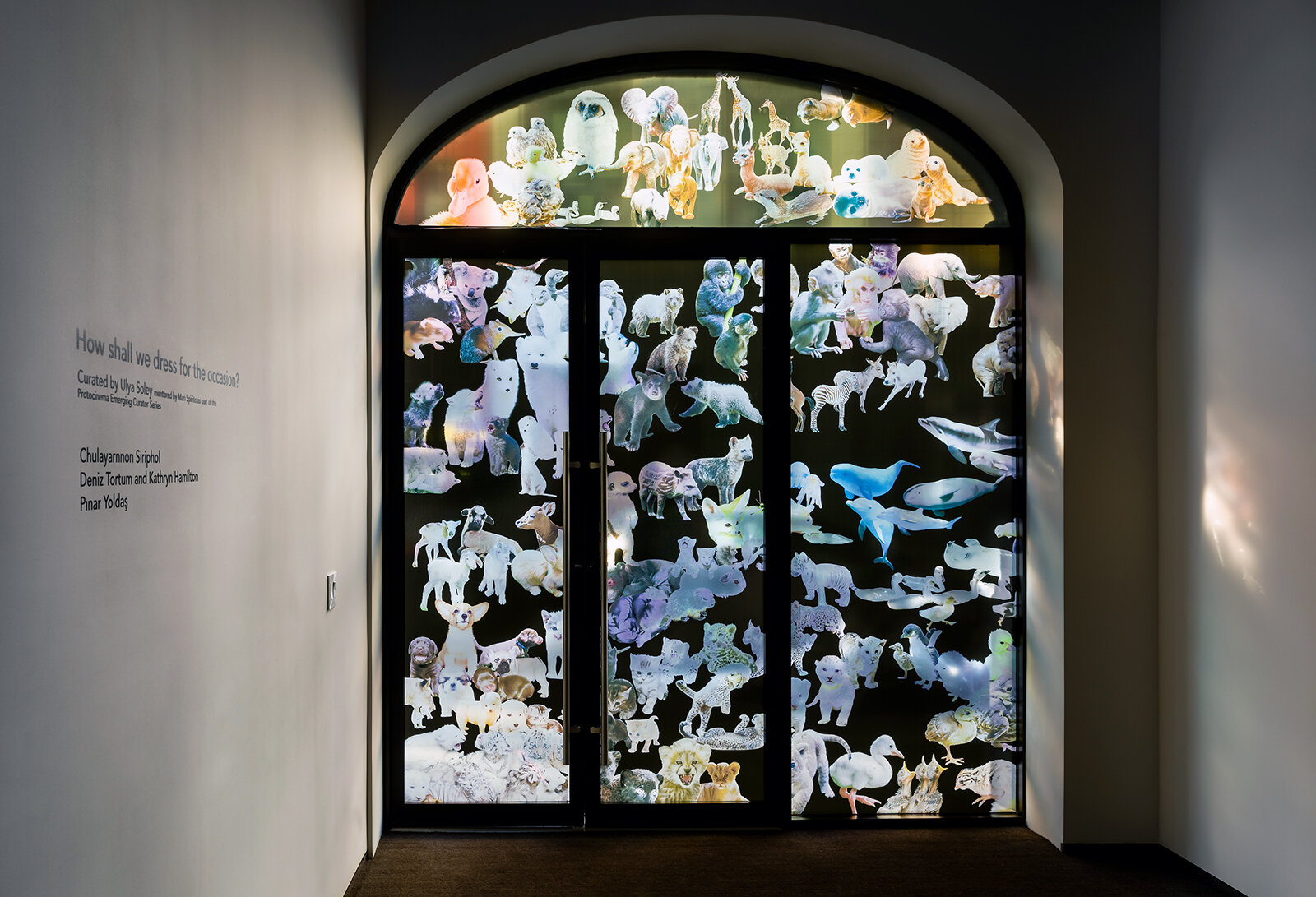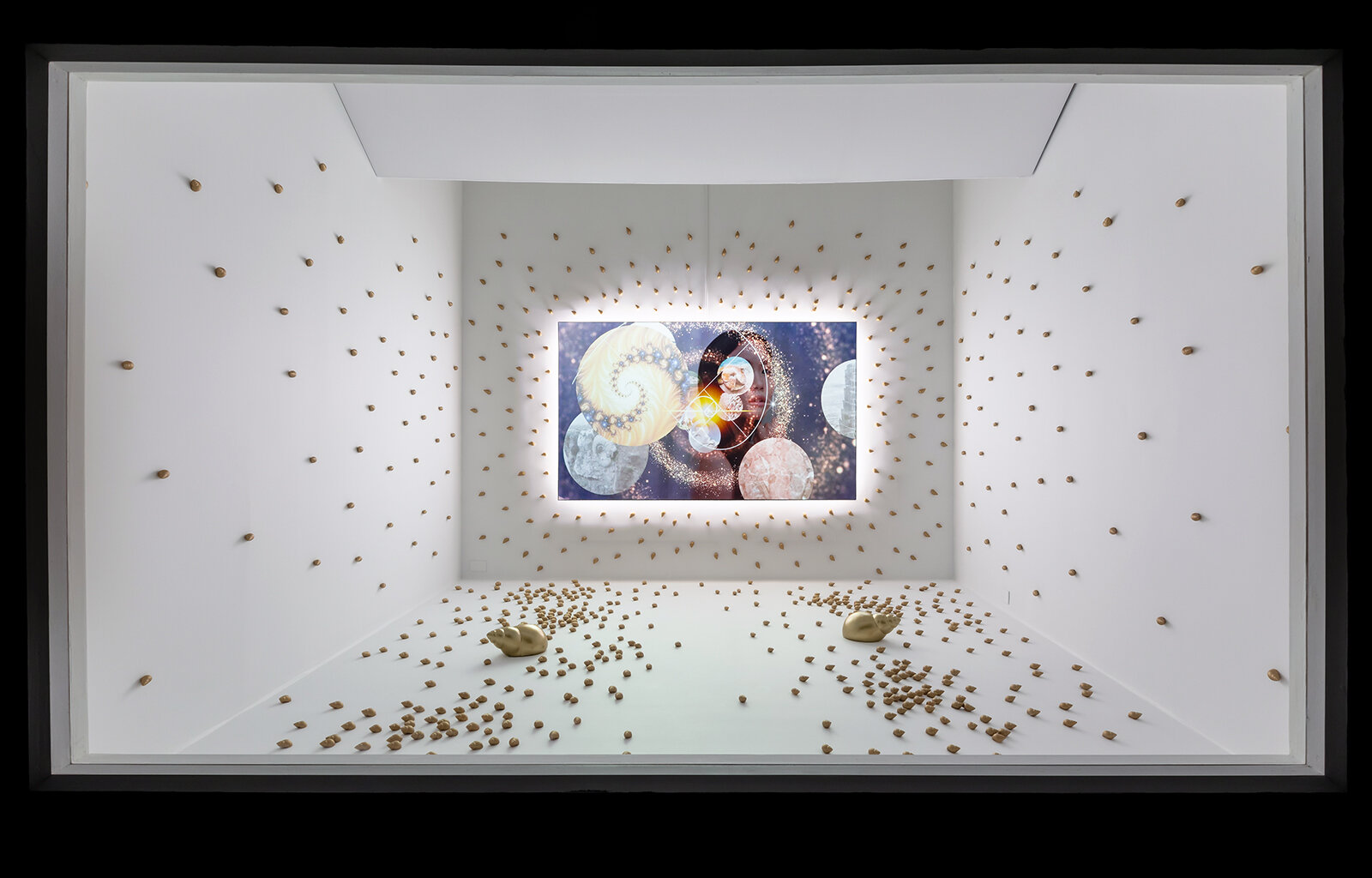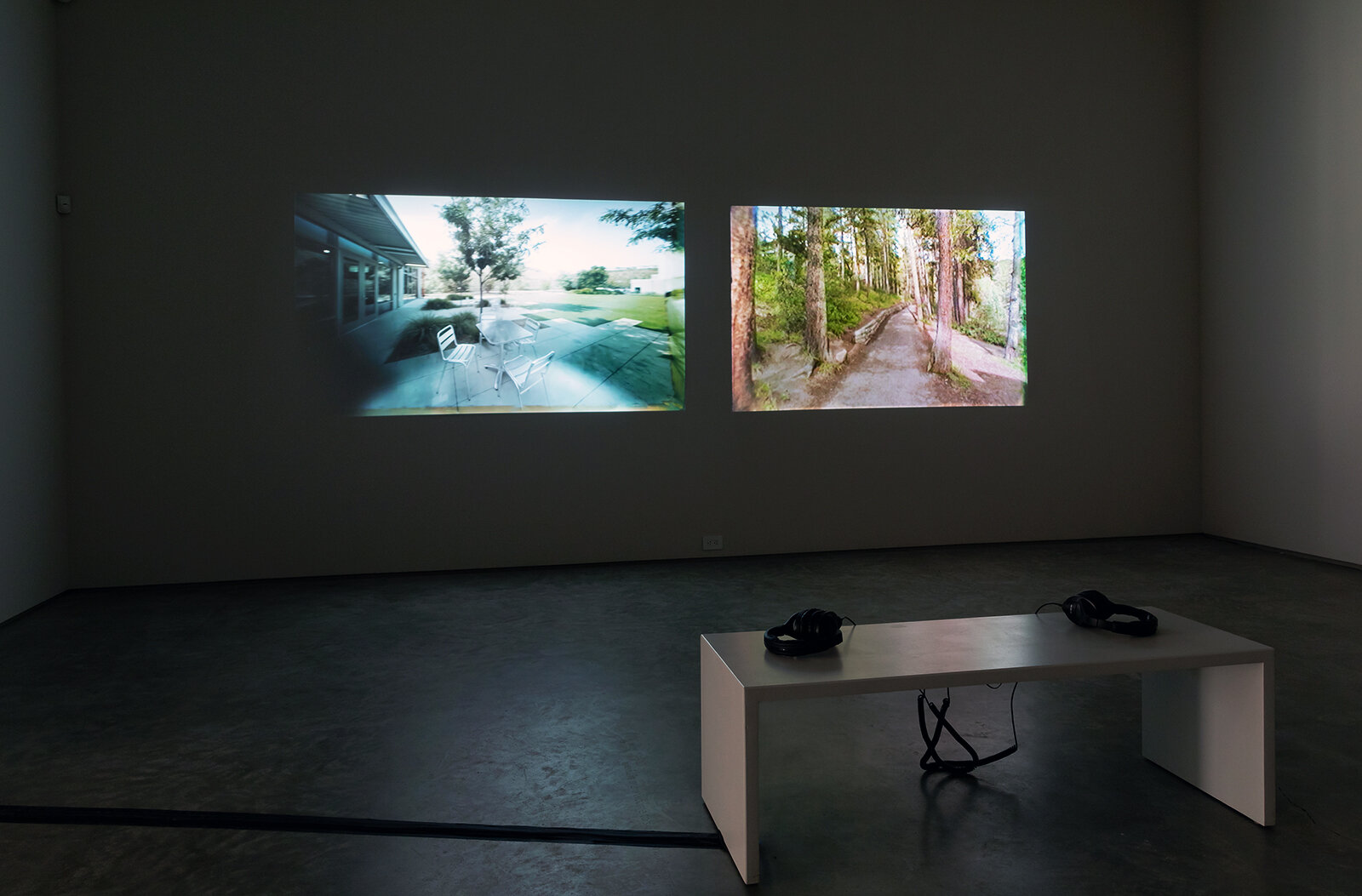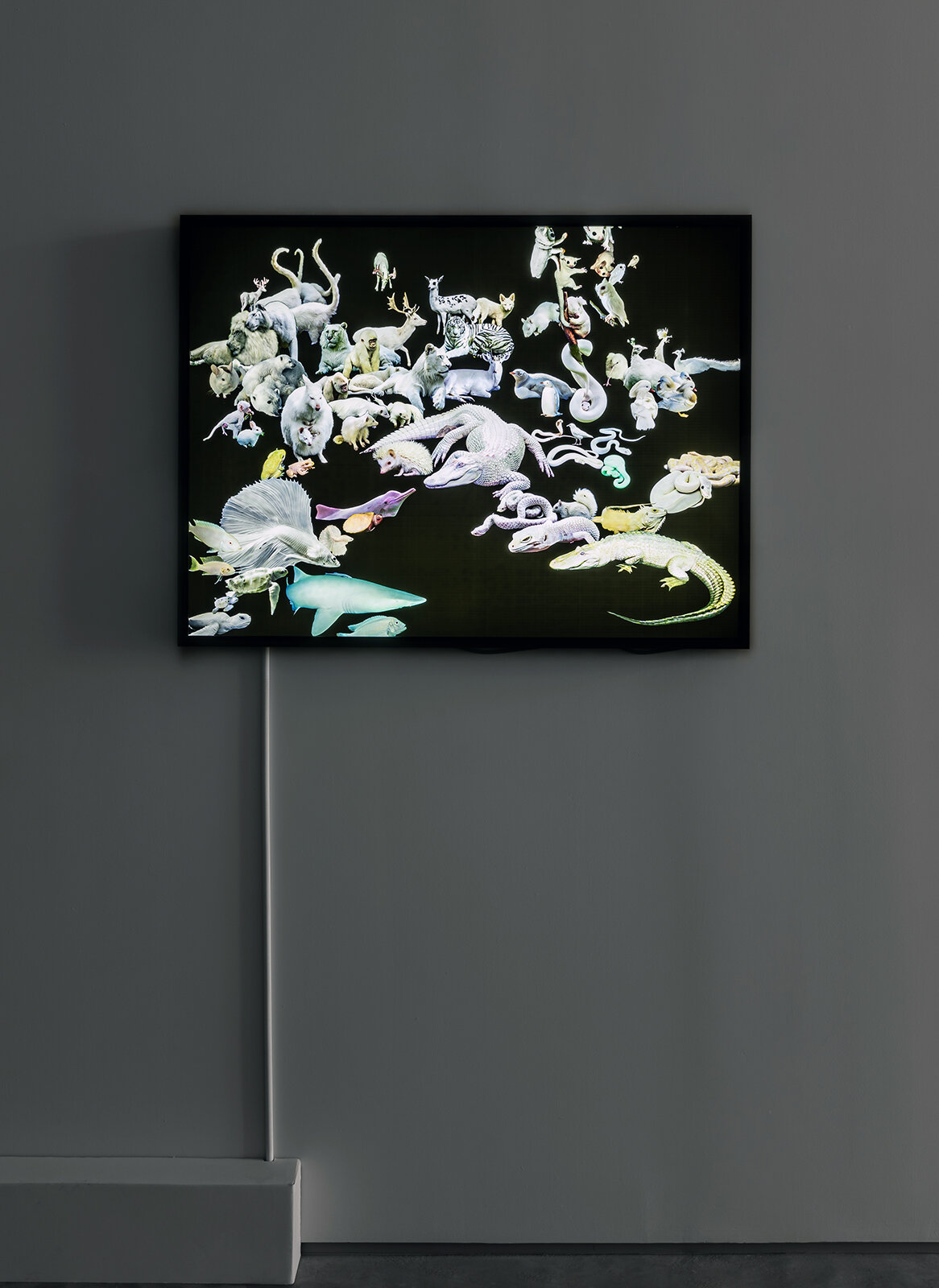Somerset House Studios resident Sonya Dyer undertakes a new commission to be presented throughout the River Rooms from 29th September, marking the artist's first solo exhibition in London.
The installation, Three Parent Child, will be the final stage of Dyer’s Andromeda trilogy, as part of her ongoing project Hailing Frequencies Open. HFO reimagines the history and radical potential of human space travel, exploring the intersections between scientific enquiry and science fiction. Sonya weaves influences including Star Trek, the legacy of HeLa cells, and mythology, to engage with ongoing conversations around monumentalism, memory and the role of speculation. Three Parent Child features two works: Action>Potential, and Lucy.
The title Three Parent Child takes its name from the recent scientific development of Mitochondrial replacement therapy (MRT), a new technique that incorporates DNA from three people to create a child, which mirrors Dyer’s adherence to trilogies throughout her practice. Whilst in residence at the Studios, Sonya Dyer’s research has been supported as part of the King’s College London x Somerset House Studios Programme.
’Three Part Child’ will be on view through November 12th at Somerset House Studios, Somerset House, Strand, London



